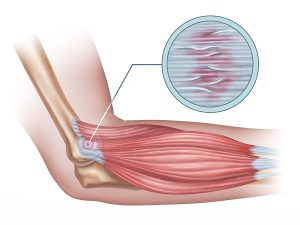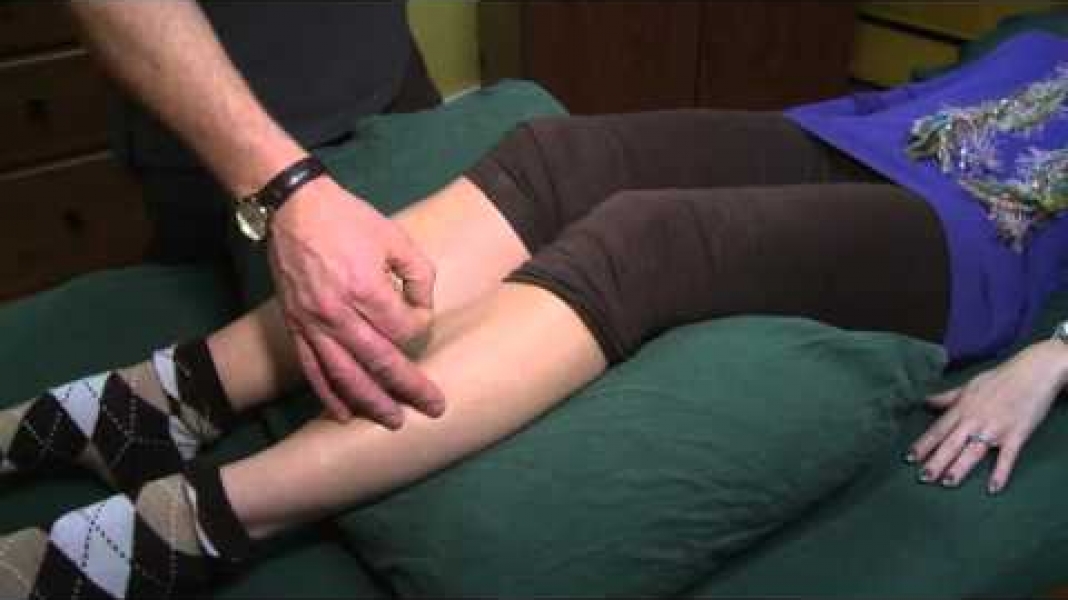Effective, intelligent care for lateral epicondylitis—beyond the elbow.

This common condition—pain on the outer side of the elbow—usually comes from overuse of the wrist extensor muscles, not the elbow itself.
Here’s the part most people get wrong:
The pain you feel at the elbow is from tendons connecting to muscles that open the hand and extend the wrist. The actual joint of the elbow isn’t involved. Which means all those elbow braces? Misguided.
If you want to offload the strain, you need to stabilize the wrist, not the elbow.
At The Acupuncture Turning Point, we treat the true source.
We use infrared (cold) laser therapy and acupuncture to calm inflammation at the tendon insertion on the lateral epicondyle. We reset the balance between the forearm’s extensor and flexor muscles, and we help you rest, recover, and gradually reload the tissue the right way.
This is tendon healing, not a quick fix.
More Than Just the Elbow
Tennis elbow is rarely just about the forearm.
It’s often connected to how you move your shoulder, hold your posture, and use your upper body throughout the day.
Repetitive work, carrying bags, over-gripping tools, poor ergonomics—it all adds up.
What if it’s both Tennis and Golfer’s Elbow?
Sometimes, people experience pain on both sides of the elbow—a combination of tennis elbow (lateral epicondylitis) and golfer’s elbow (medial epicondylitis). While tennis elbow affects the wrist extensors, golfer’s elbow involves the wrist and finger flexors, where the tendons attach to the inner elbow. These conditions often appear together in people doing repetitive gripping and forceful wrist movements—from tools to typing, sports to caregiving. Either way, the root issue is rarely at the elbow itself. It’s about how you’re using your wrists, shoulders, and posture in concert. That’s why we treat them as a system, helping you reset both sides and recover smarter.
We help you recognize the patterns that caused this and guide you toward a better way of moving—so the problem doesn’t return.
We teach you to move better, not just feel better.
You are with yourself 24/7.
You know when you’re ready to move, and when to rest.
Our job is to help you relearn that rhythm, so healing becomes a practice, not a prescription.



